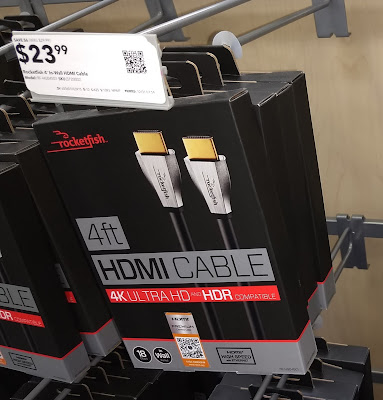If your household budget is like mine, you know that food is a major expense. Food is an expense you can easily cut through planning and thoughtful effort. But how can you cut food expenses without going hungry? The answer: Meal Planning.
I am not very good at meal planning, but fortunately we have a guest post today from Holly who posts on the Official Coupon Code blog that takes you through the steps to follow to save big-time on your grocery budget.
If you want to see your writing featured here on Penny Pincher Journal, here is how you can be featured on a guest post.
Thanks to Holly for providing this awesome guest post!
========================================================
5 Easy Steps to Meal Planning Perfection
Guest Post by HollyDo you spend too much on food? Maybe you have a drive-thru habit because it’s just easier than figuring out what to cook? Perhaps you find yourself throwing away a lot of spoiled food that never got used? Or maybe you find yourself running to the store for one or two ingredients before you can start dinner?
| 5 Easy Steps to Meal Planning Perfection |
Relax! Meal Planning is a great way to solve all of these problems, and it’s a lot simpler than you might think.
I’ve been planning my household’s meals for several years now, and have managed to cut our grocery/food budget in half. Plus, meal times are a lot less stressful. I can just look at my plan and I’m ready to cook!
Perhaps you don’t know how to get started or think it’s too difficult or time-consuming. Not so! If I can do it, so can you. Here’s how.
1. Take Stock
First things first: start by taking stock of the food you already have. A quick glance through the pantry, fridge, and freezer may reveal ingredients you forgot about. Get a good idea of about how long each item will last and plan to use them accordingly. You should also be aware of which pantry staples you normally keep on hand, and replenish them as they get low.
2. Find Some Recipes
This step can be as adventurous or as mundane as you choose to make it. Personally, I like to have at least 2-3 new recipes on my list each week. It keeps our family meals fresh and appealing. Others may like to stick with familiar favorites. Either way is fine! The important thing is to have a plan in place.
If you’re looking for new recipes, the internet offers a variety of options. I often use sites like SuperCook or MyFridgeFood to find recipes that use ingredients I already have on hand or ones that are on sale this week. You can also search sites like Pinterest or AllRecipes to find new and different ideas. Or subscribe to email newsletters from your favorite food blogs or magazines to get recipes delivered right to your inbox!
3. Make Your List
There are some great, free tools out there for turning recipes into shopping lists. My personal favorite is CopyMeThat because it does all the work for me. I also love that I can simply pull up the shopping list on my phone while I’m at the store. Of course, the old pen and paper method works too, if you prefer. The important thing is to choose what works for you – the easier the better!
Include breakfast, lunch, dinner, beverages, household items, and snacks too. You want to make just one trip to the store for the whole week. Once you have all of your ingredients listed, check off anything that you already have. It may help to sort items by category too, so you can easily find everything at the store. And don’t forget to check for coupons!
4. Prep, Prep, Prep!
So, you’ve planned your meals and bought all the food you’ll need for the week. Now you’re done, right? Well, you can be, but to really get the most out of meal planning, it’s best to do some prep.
If you’ve seen those containers of pre-chopped veggies or pre-mixed salads at the grocery store, you’ve likely been a bit shocked by the prices. They can get away with charging so much because having pre-prepped ingredients makes cooking a breeze. Take advantage of this idea on the cheap by prepping as much as you can for the week, all at once. I find that in an hour or so on a Sunday afternoon, I can get all the chopping and portioning out of the way for the whole week.
If I know some days are going to be particularly rushed, I’ll use freezer meals to get us through. These are recipes that you make in advance, then freeze. On the day you’re going to use them, just thaw and pop them in the oven. Dinner’s done!
5. Stick with the Plan (but Not too Closely)
The most important thing is to make your meal plan work for your family. Sometimes that means veering off course and changing things up for a day. Sometimes it means reworking a recipe to fit what’s going on in your life at the time. Last week, when my husband came down with the flu, I converted a chicken marinade into a tasty chicken soup by adding a carton of veggie broth and slow cooking it all day.
The idea is to have a plan for the whole week, and stick to it as much as possible, but remember to be flexible when needed. You’ll be amazed at the time, food, stress, and money you can save just by spending a little time planning ahead!
About the Author: Holly is a freelance writer and a regular contributor to the Official Coupon Code blog. There you can find her tips on saving money, couponing, personal finance, and frugal family fun.






